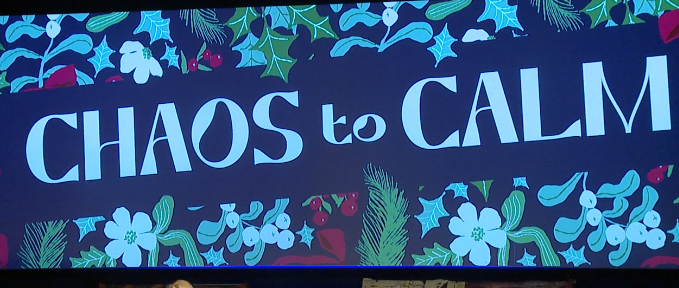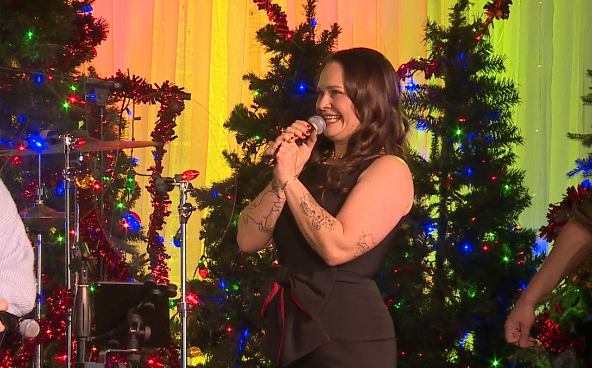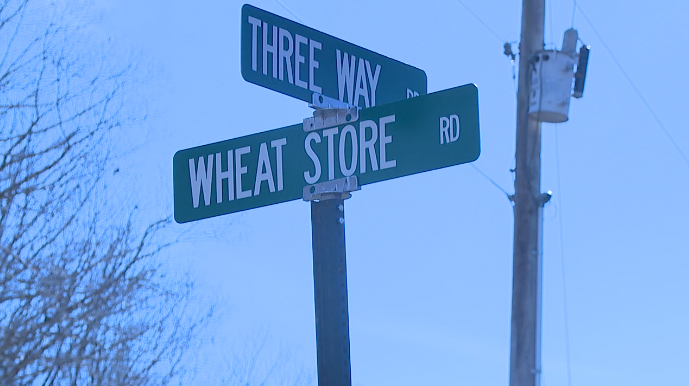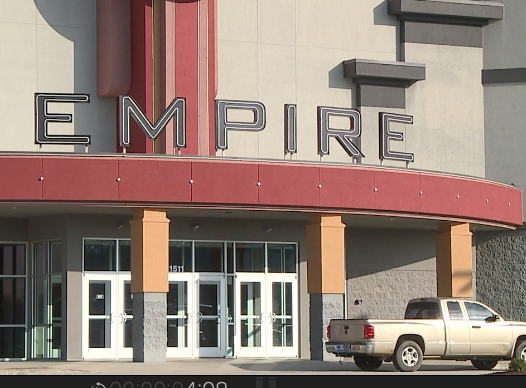What the Tech: Getting the right TV
Buying a new TV can be overwhelming. You’ll see rows of screens labeled 4K, 8K, OLED, QLED, UHD — it’s a lot of alphabet soup. But the biggest decision might not be the picture technology at all. It’s the size of the screen.
OLED vs. LED: What’s the Difference?
OLED TVs are considered a step above most other models. Each pixel produces its own light, which means brighter colors, deeper blacks, and better contrast. You’ll notice the difference especially in darker scenes — no more grayish shadows.
4K and 8K describe the resolution, or how many pixels make up the image. More pixels mean more detail. You’ll also see 4K labeled as “UHD,” which stands for Ultra High Definition. For most people, 4K is more than sharp enough, especially if you’re upgrading from an older HD set.
The Simple Formula for Picking the Perfect Size
One of the most common questions shoppers ask: How big should my TV be for my room?
There’s a quick rule of thumb that works surprisingly well.
Grab a tape measure and note the distance from your seat to where the TV will go — in inches, not feet. Divide that number by two. The result is the ideal screen size in inches.
So if your couch is 120 inches (10 feet) away, a 60-inch TV should look just right. It’s not an exact science, but it’s a great place to start before you start comparing models.
Try It Before You Buy It
If you’re shopping online, Amazon’s “See It in Your Room” feature lets you preview how different TV sizes will look on your wall. Just open the Amazon app, find a TV, tap “See It in Your Room,” and point your phone at the wall. You’ll see a virtual version of that TV in real time.
Size Affects Price More Than You Think
Going bigger doesn’t just change how your living room looks — it also changes the price tag. A 55-inch TV often costs about half as much as an 85-inch model of the same brand and quality. If you’re sitting about 10 feet from the screen, you might choose a smaller size and put the savings toward a better display, like an OLED.
Ultimately, it comes down to your space, your budget, and your personal preference. But using that simple measurement trick can save you from spending more than you need.












